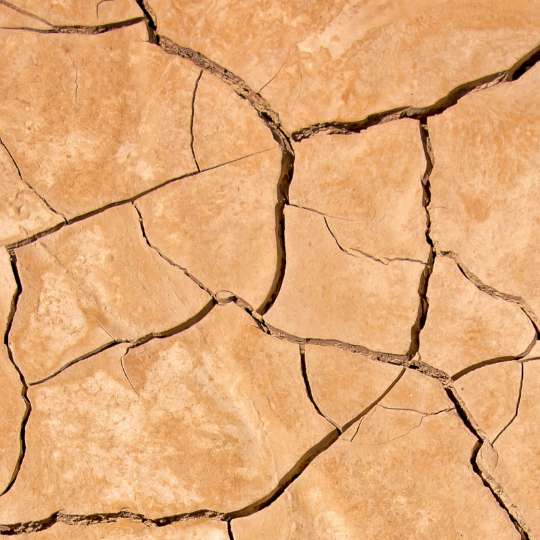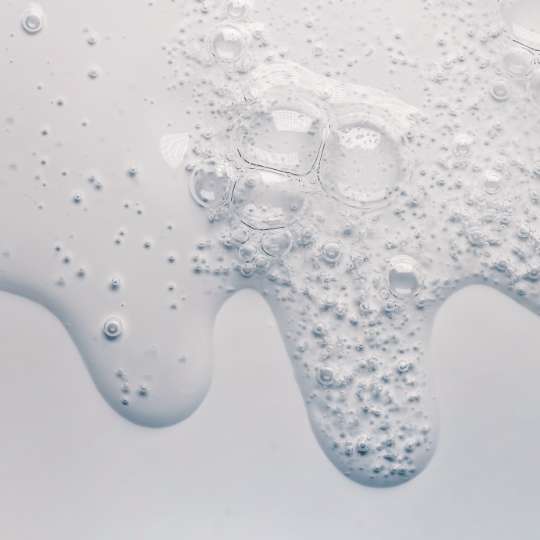

What is the skin barrier?
You might not take much notice of a healthy and happy skin barrier, but a damaged skin barrier? That, you’ll know about. When it’s unbalanced and unhappy your complexion quickly becomes red, irritable and tight. Cleansing can be a sting-inducing affair, and the idea of forgoing moisturiser is laughable.
So what is the skin barrier? Consultant dermatologist Dr Justine Hextall defines it as: “The outer layer of skin that is responsible for maintaining hydration and protecting us from irritants, allergens and infection. It is so important to maintain skin health.” If the skin barrier is compromised, it can’t carry out its job as effectively, allowing much-needed moisture to escape and nasties, like pollution, in. Think of it like sheep in a field or pen. If the fencing is faulty, they can escape, and foxes can make their way in.
How can you take care of your skin barrier?
According to Dr Hextall, the best way to keep your skin barrier in tip-top condition is to avoid the following:
-
Over-cleansing
-
Using too many actives without compensating with hydrating products
-
Drying soaps
-
Certain alcohol-based products
-
Heavily fragranced products
Getting things like washing powder or household cleaner onto your skin will also cause problems, as does cold weather and central heating. Hence why you might find that your normally content skin comes unstuck during the winter months.
Now we know what to steer clear of, we can focus on the things that will benefit the skin barrier. “The first and probably most important step is your cleanser,” explains Dr Hextall. “If your skin feels tight and dry after cleansing it’s likely that the naturally acidic pH of the skin has been disrupted. Once this happens, skin starts to lose moisture and becomes dry and irritated.” Instead of frothy, foaming washes that can strip the skin, choose something that nourishes as it cleanses. Balm cleansers are a luxurious treat for skin that’s dry, and won’t leave that taut feeling after rinsing.
Having uncomfortable or dry skin doesn’t mean exfoliants are immediately off the menu, but it may be time to re-evaluate how often you’re applying them, or if you’re using the right one for you. “Sometimes overusing actives such as AHAs, BHAs and retinoids will leave skin dry and irritated,” says Dr Hextall. “It is important to study the contents of all products as you could be using these ingredients in your cleanser, toner and moisturiser, and once combined the skin barrier can start to suffer.” If you’re concerned you might be overdoing it, strip your routine back to basics and reintroduce one product at a time.
Once you have applied an exfoliant or treatment serum, double down on hydration. “Layer hydration onto your skin by applying a humectant such as hyaluronic acid and then a moisturiser to seal in moisture,” adds Dr Hextall. This will not only act as a generous glass of water for thirsty skin, but create a physical barrier to help support the skin as it recovers.
How can you support a damaged skin barrier?
Travelled into unchartered complexion territory and not sure how to bring your damaged skin barrier back from the brink? The key is a less-is-more approach, as illustrated by Dr Hextall below:
-
Apply moisturiser as a barrier to the delicate eye area before showering or washing hair
-
Look for gentle, hydrating cleansers and use to remove residue of soaps and shampoos from the skin
-
Layer hydration with serums
-
Apply a humectant to damp skin, and then trap this hydration with a moisturiser that contains products such as ceramides which mimic the fatty acids found naturally in the skin
“Follow this routine and skin will start to settle, feel less irritated and eventually start to hold moisture better,” concludes Dr Hextall.
Read, watch and be inspired...



